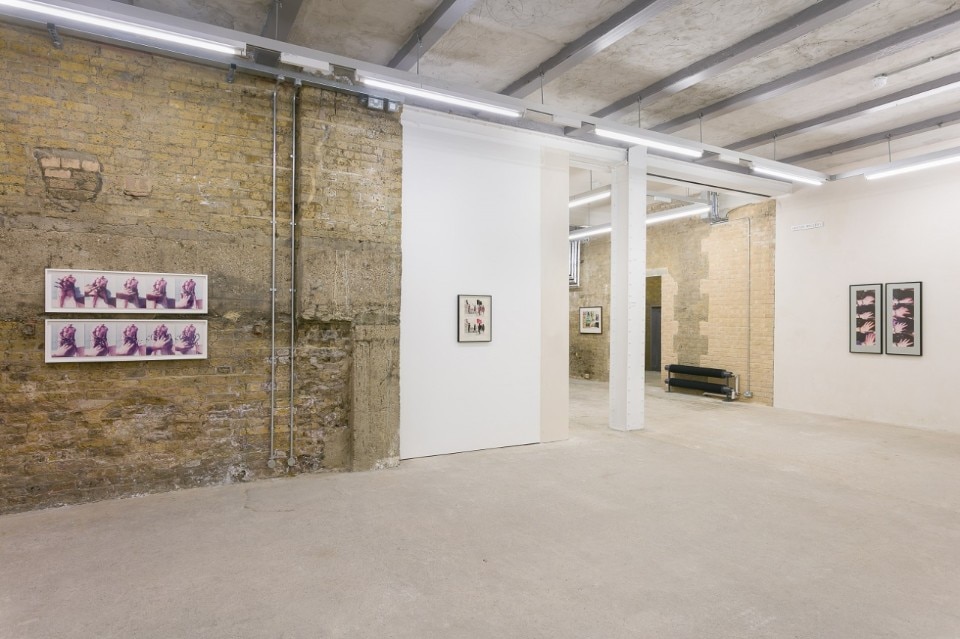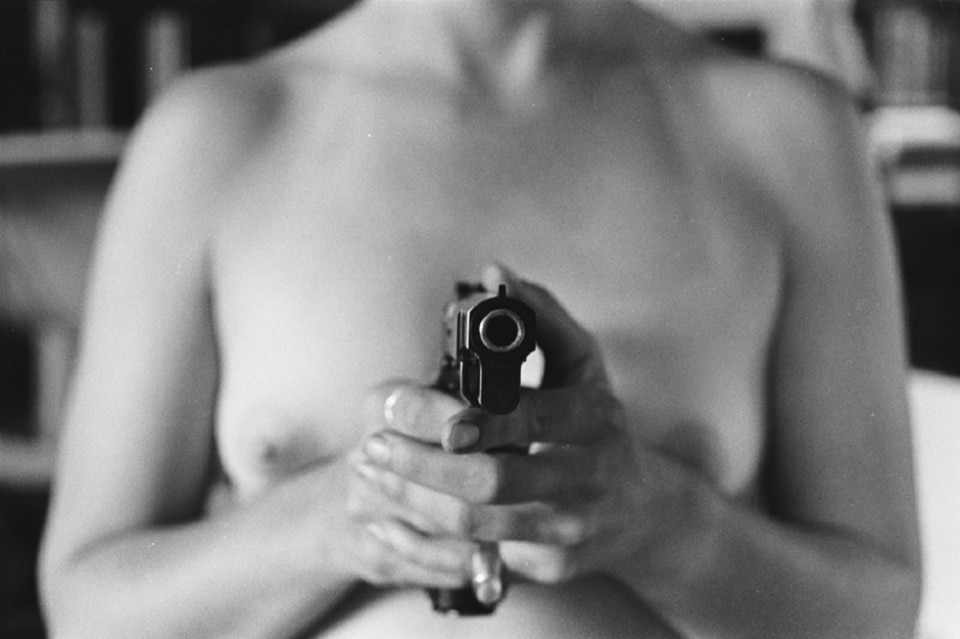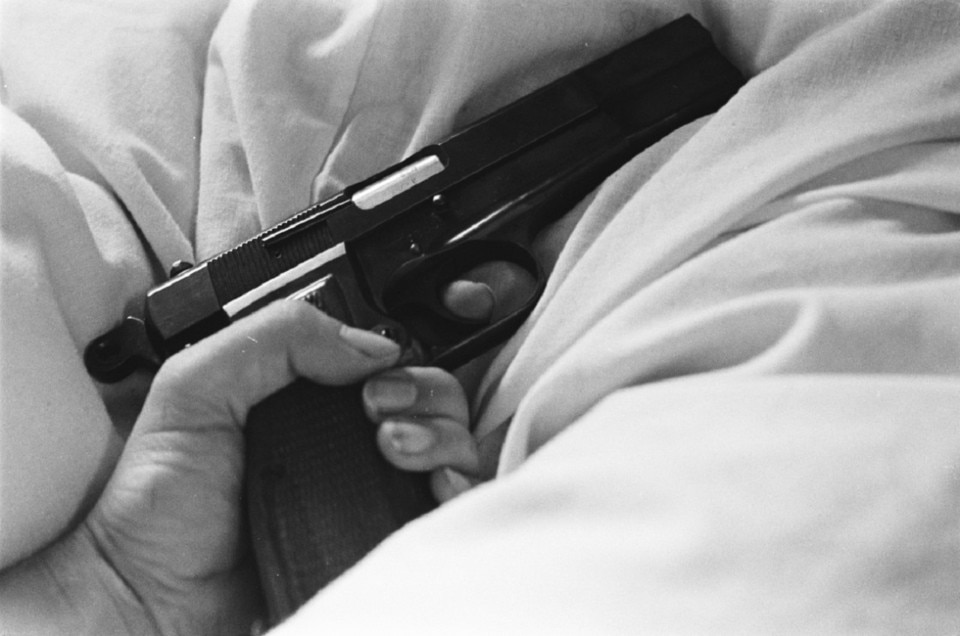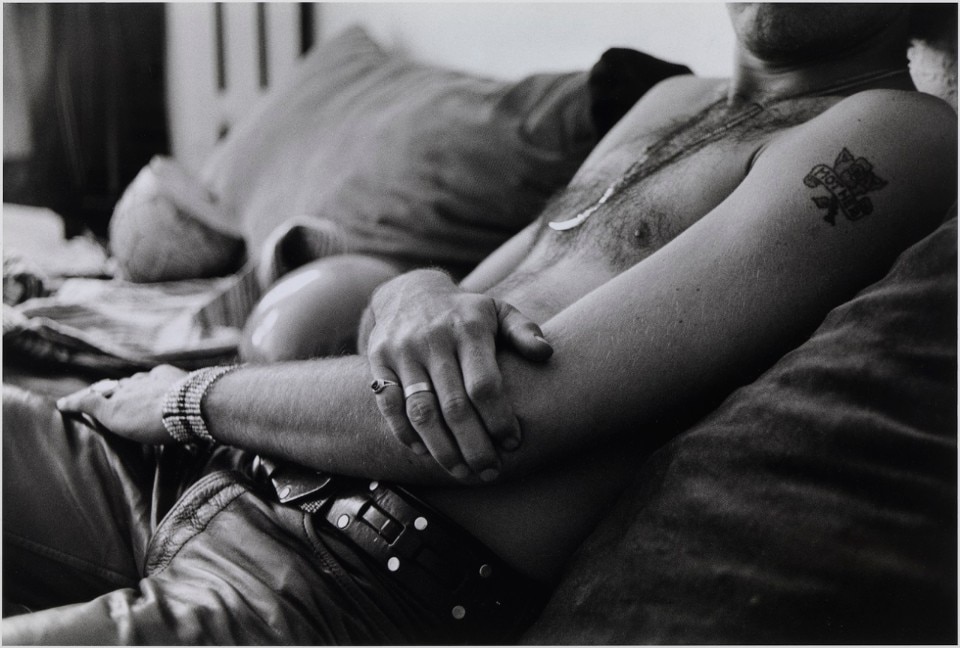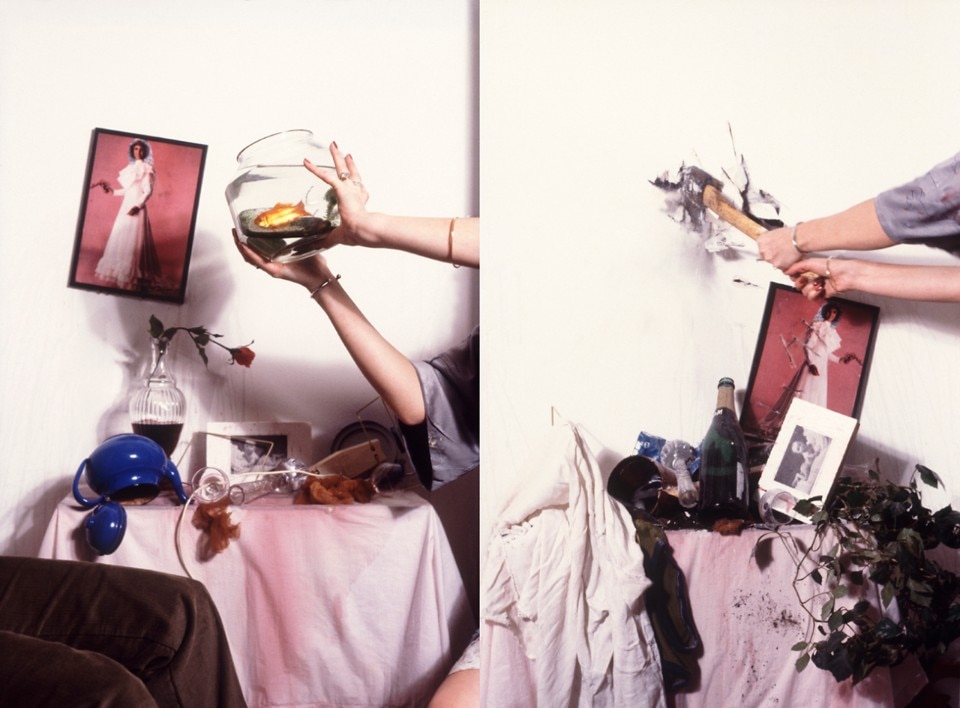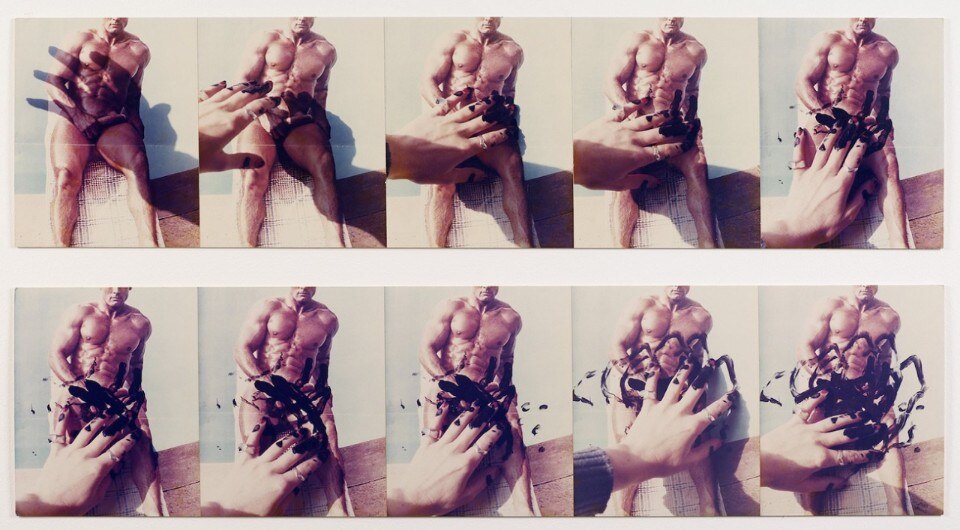The first solo presentation of Alexis Hunter’s work in the UK since 2006, and first in London since 1981, it will be open until February 3rd. “Sexual Warfare” encompasses very selected works from the 1970s composed by the influential figure in the feminist art movement in Britain.
“Sexual Warfare” features her photographic works, ranging from 1968 to 1986. Work from this period confronted sexism and misogyny head on. The exhibition shows a refined number of key works, bringing her elemental critique into dialogue with the contemporary moment and reinforcing her importance as an artist and a feminist.
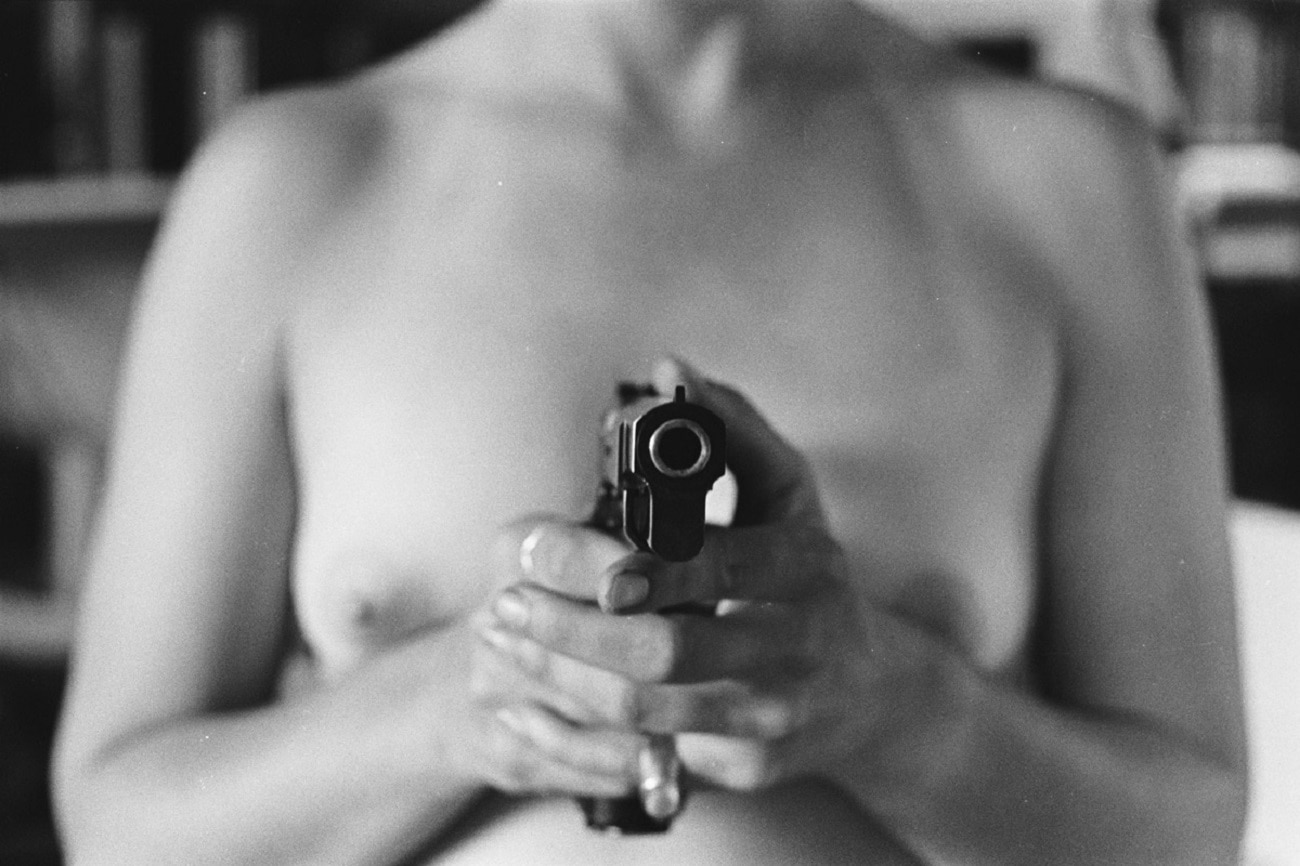
Alexis Hunter (1948 – 2014) was born in Auckland, New Zealand and attended Elam School of Fine Arts (1966 – 69) where she obtained an honours degree in Painting and History of Art and Architecture. She moved to London in 1972 where she enrolled at the City and Guilds School of Art and Design as a Post Graduate student, and joined The Women’s Workshop of the Artists Union. She worked in commercial film and animation during the 70s. During the eighties she became Visiting Lecturer at the School of Visual Arts, New York and Byam Shaw in London, then Assistant Professor of Art at the University of Houston, Texas.
Actually, in London, iconic photographic works such as Models Revenge (1974), Dialogue with a Rapist (1978), and Object Series (1974-5) are on show and the latter of which was removed from an exhibition in Belfast in the 1970s due to the perceived objectification and sexualisation of its male subjects.
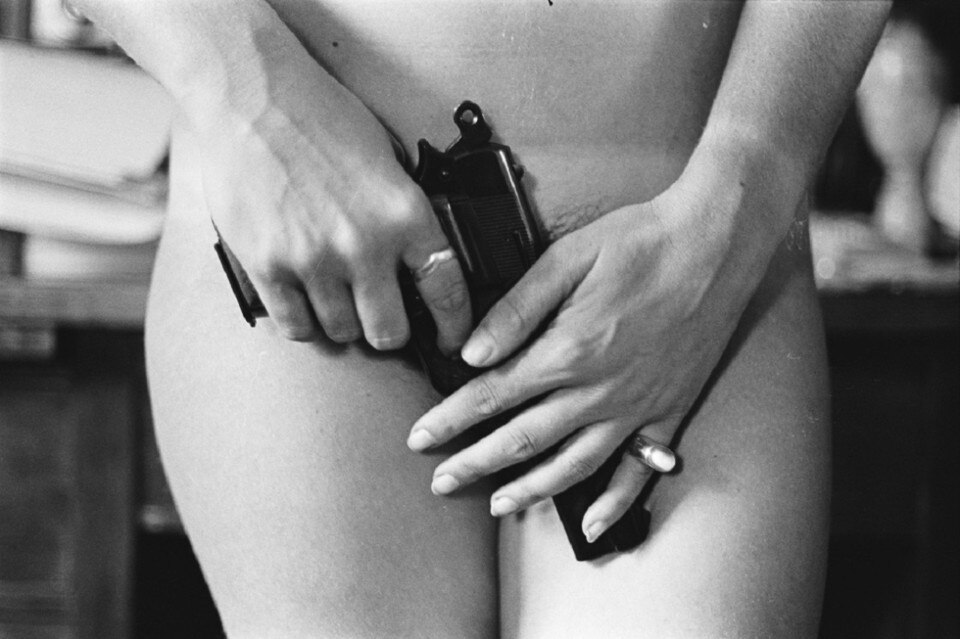
Hunter upended the male gaze and its objectification of women in Object Series, works which unreservedly subject men to the same sexualised gaze. Her camera rests on a headless male torso, or crops in on a leather-clad groin, inviting the viewer to regard the male body just as the viewer was so familiar with doing with the female.
The strength of the works’ provocation, which to contemporary viewers might seem rather mild, is testified to by recalling that in 1978 male museum workers unpacking the works in Belfast objected so strongly to their content that they were withdrawn from the exhibition.
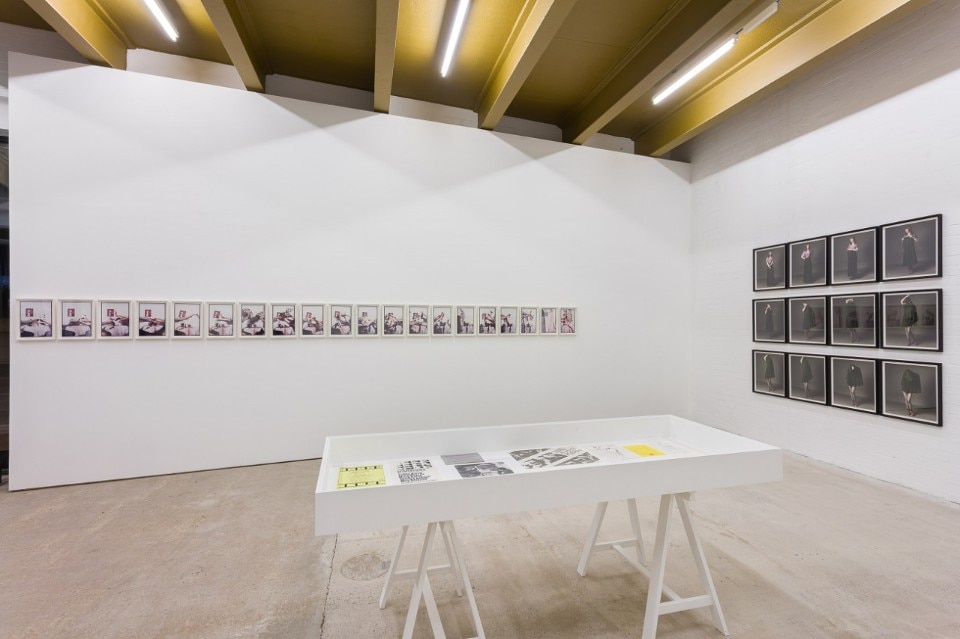
Hunter’s work is typical of what we now understand as a critical culture of feminist-influenced art. She came to London from New Zealand as a painter in 1972. However, when she joined the Women’s Workshop of the Artist’s Union and encountered the beginnings of a politicised art scene, her work shifted towards photography although she aspired to make films. One work that demands particular attention is Dialogue with a Rapist (1978).
There is much about this piece that today is striking in its performative acting out of a scenario where race, gender, power and vulnerability all play out in a potentially explosive episode. This incident, in which a woman is approached by a knife-wielding assailant in the early hours of a Bermondsey morning, actually happened to Hunter.
On the wall, a photo series emerge through ten black and white photographs and typed text. The text beneath records the exchange, while the photographs are superimpositions of images of a street in Bermondsey, south London and a skirmish between an aggressor and victim over a knife.
The work attempts to represent a threat of sexual violence, and resistance to it. The assailant is disarmed, with the photographs showing a physical tussle between hands clutching at the knife, and the text recalling the woman’s argument, which ends with her exiting the scene alone and uninjured.
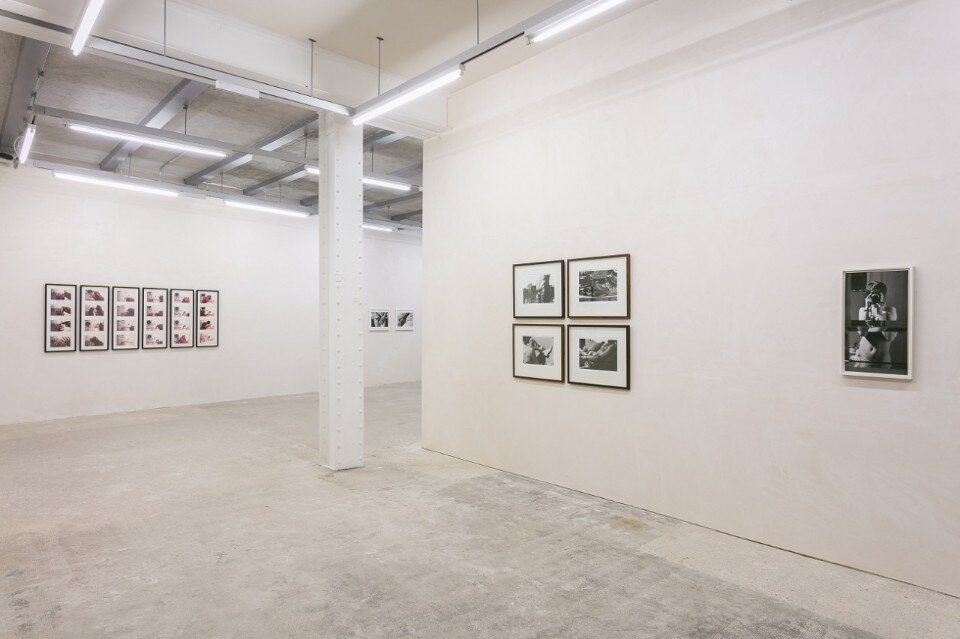
In one of her most famous photographic works using a time-lapse sequencing rules, Approach to Fear: Paid – Destruction of the Cause (1977), the high-heeled shoe (an icon of women’s oppression in the 1970s) is set alight and rendered unwearable. In another work from 1976, a photograph of a naked, muscled man is defaced by a hand, that of the artist, smearing a treacle-coloured substance that obliterates the phallus while stroking it.
The same dark and sticky material appears again in Approach to Fear VIII: Contamination – Contaminate (1976), dirtying the manicured hand, which reaches and caresses her own denim crotch.
The pasty material is the contaminant of the title, a matter-out-of-place that indicates a transgression, pointing in turn at the parallel taboos of masturbation, and liberated woman’s sexual desire.
The transgressive tactility of this sequence is differently articulated in Approach to Fear I: Violence – Identify with Aggressor (1976) and Cat Tease (1978), where the hands encounter one angry and one supine cat respectively. Here, sensuous interrelation is reconfigured in the companionship with the cat, suggesting a different mode of tactile pleasure and threat. In Approach to Fear: Taboo – Demystify (1976) the hands appear again touching parts of an engine, re-signifying the treacle as grease.
- Exhibition Title:
- Alexis Hunter. Sexual Warfare
- Opening dates:
- From 23 November, 2018 to 3 February, 2019
- Curated by:
- Sarah McCrory
- Venue:
- Goldsmiths Centre for Contemporary Art (Goldsmiths CCA)
- Address:
- St James’, New Cross, London SE14 6AD


